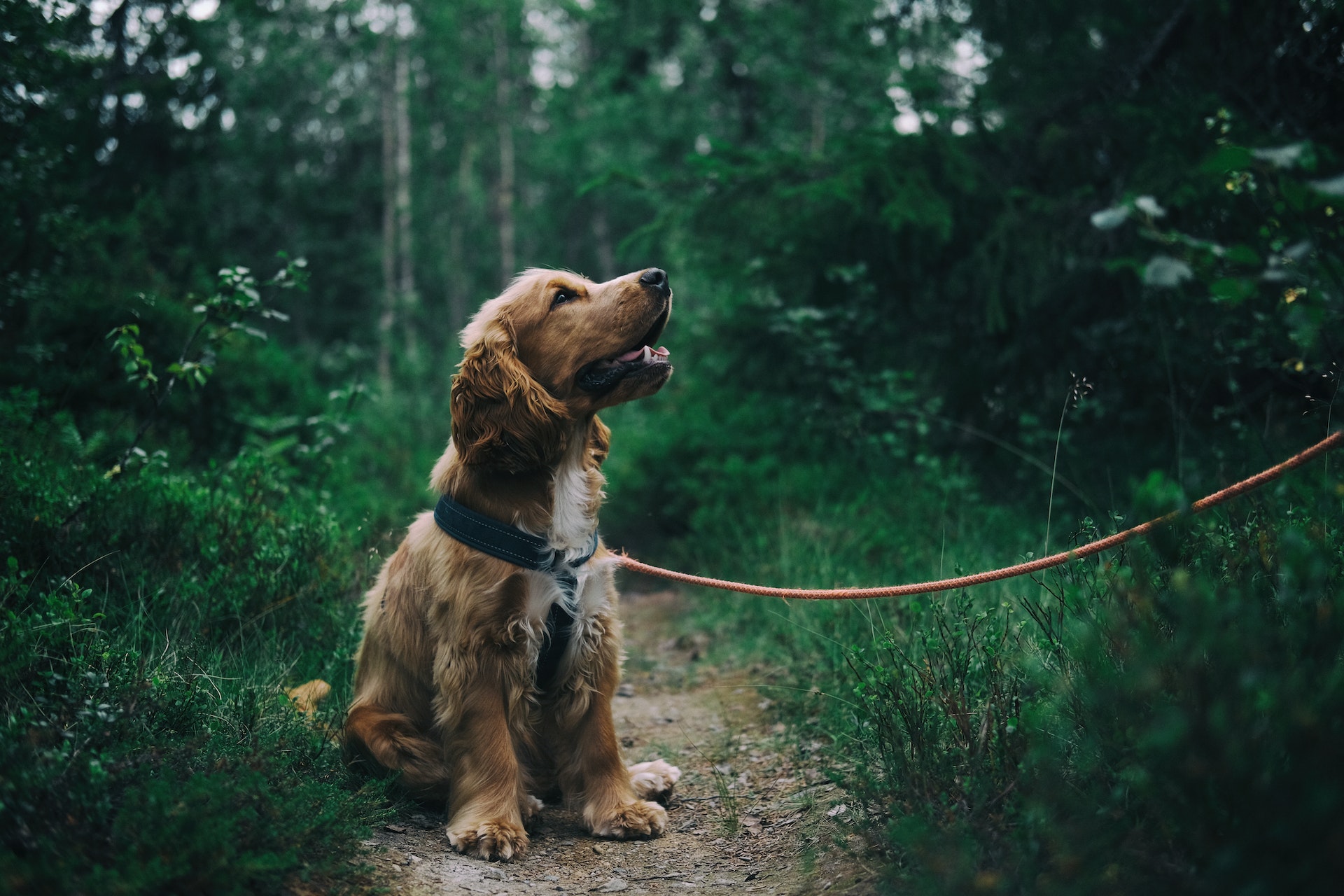There are many different techniques for controlling your dog. For example, there are rewards for good behavior, the remote collar, the cube, and the model-rival method. You’ll need to choose one that works best for your situation. However, you may consider hiring a dog trainer if your dog has bad habits. This article will explain the different techniques for controlling your dog.
Rewarding Good Behavior
According to experts in dog control training Saint Anns, rewarding a dog’s good behavior is a vital part of dog control training. A dog is conditioned to respond positively to good behavior. For example, a dog that barks is rewarded with a treat. While this method works, it can take time for your dog to learn how to behave positively. Therefore, it’s better to offer treats when your dog engages in the behavior you want to encourage.
A recent study from the University of Bristol looked at the combined effect of rewards and punishments and attitudes and rule structure. The results showed that reward-based training was more effective than punishment-based training. The study also found that fewer dogs displayed problematic behaviors when owners used reward-based methods.
Using A Cube
Using a cube can be an effective tool if you’re trying to get your dog to stop chewing things. This electronic gadget uses multiple locations and has a programmable button on the back. Its companion app allows you to customize messages for your dog and create virtual geo-fence zones. You can also set real-time alerts when your dog enters or leaves the zone. Other cube features include a hardwired charger and a dog collar clip. You can also get support for your cube from the manufacturer, who offers fast and friendly customer service.
Using A Remote Collar
Using a remote collar for dog control is a great way to train your dog to behave better, even if you aren’t a professional trainer. By learning how to use this device, you will be able to create desired behaviors in your dog and prevent unwanted ones without “shocking” him. It is important to remember to adjust the device’s settings accordingly to avoid annoying your dog.
A remote collar can be a useful tool in dog control training, especially for those dogs with special needs. A remote collar allows you to enforce your commands even at a distance. This feature also allows you to control your dog’s freedom while training. The remote collar also works as an attention-getter, so your dog can learn to comply with your commands, regardless of where he is.
There are two types of remote collars on the market, with different distance ranges. The first is a wireless one that works from up to half a mile away. It can give you complete off-leash control, which greatly benefits a dog with separation anxiety. You can even use it to control your dog if you’re running or walking in a busy neighborhood.
Using A Model-Rival Method
The model-rival method for dog control training is an example-based training technique that relies on the dog’s ability to learn by imitation. It involves placing the dog in front of another dog to observe its behavior. This allows the dog to learn that the same behavior will result in a reward. This training method isn’t very common, but it can be very effective in certain situations.
This training method teaches dogs to respond to social stimuli by rewarding them with food. This works well in basic obedience training. However, it can be very time-consuming for a dog owner. If you plan to use this method, ensure you can devote plenty of time to it. It may take some time for the results to become apparent, so patience is essential.
Model-rival training is an excellent way to build your dog’s skill set. It’s a fun alternative to traditional training. However, it isn’t beneficial when you want your dog to do everyday tasks.

